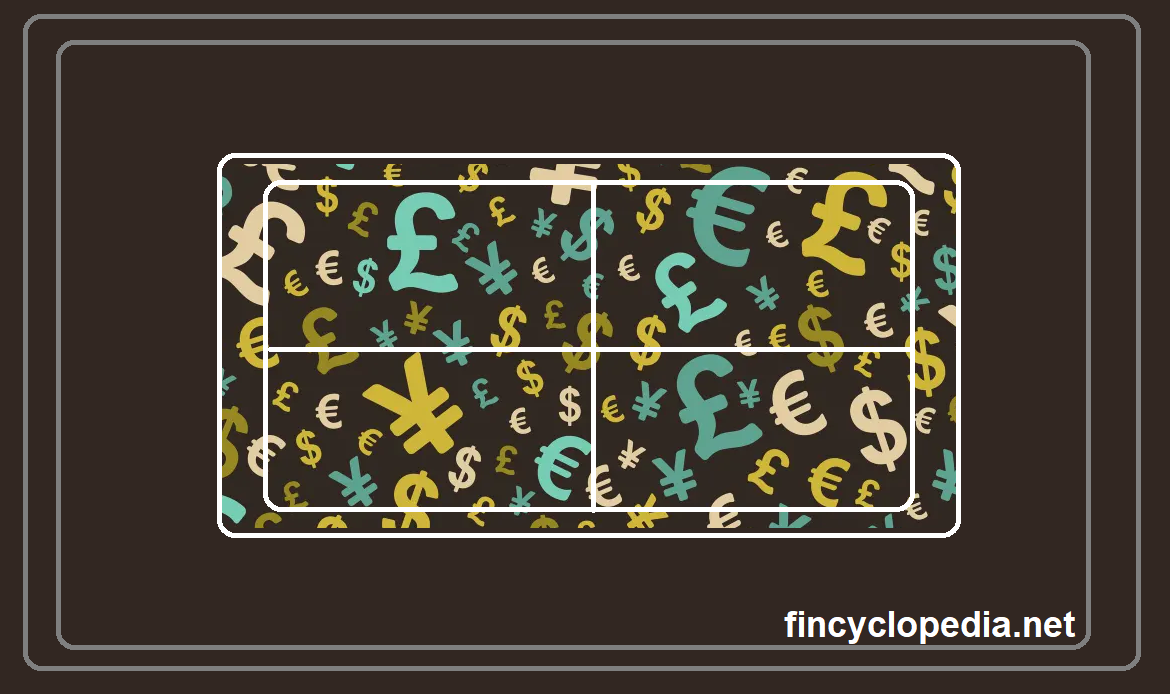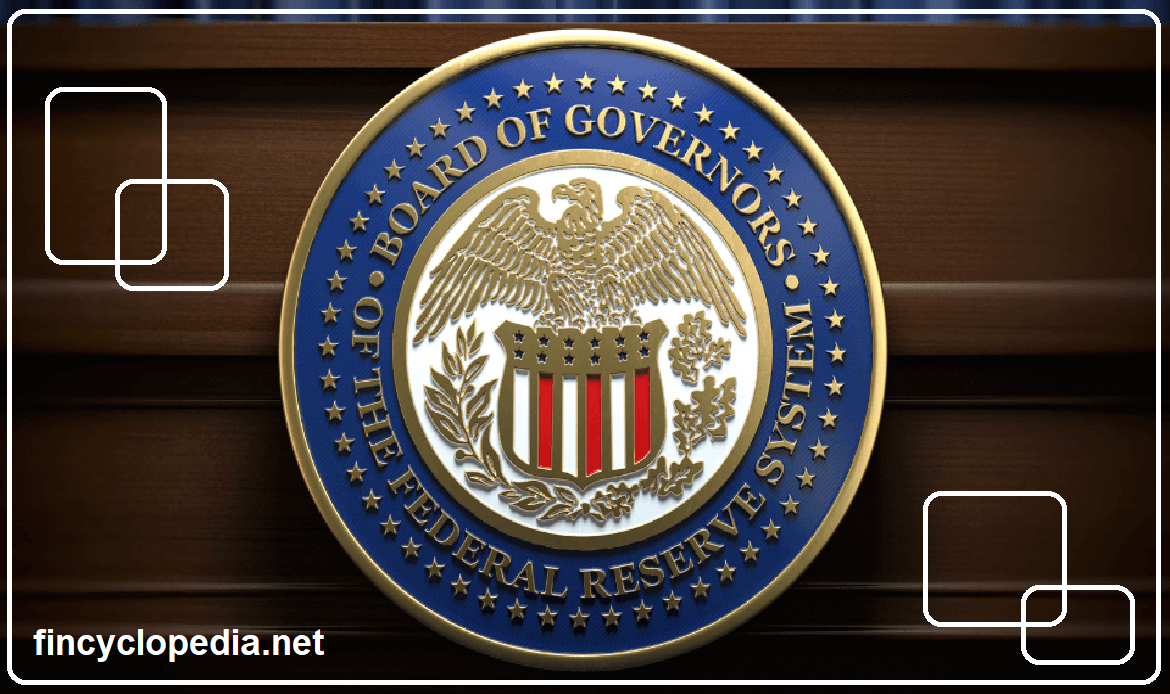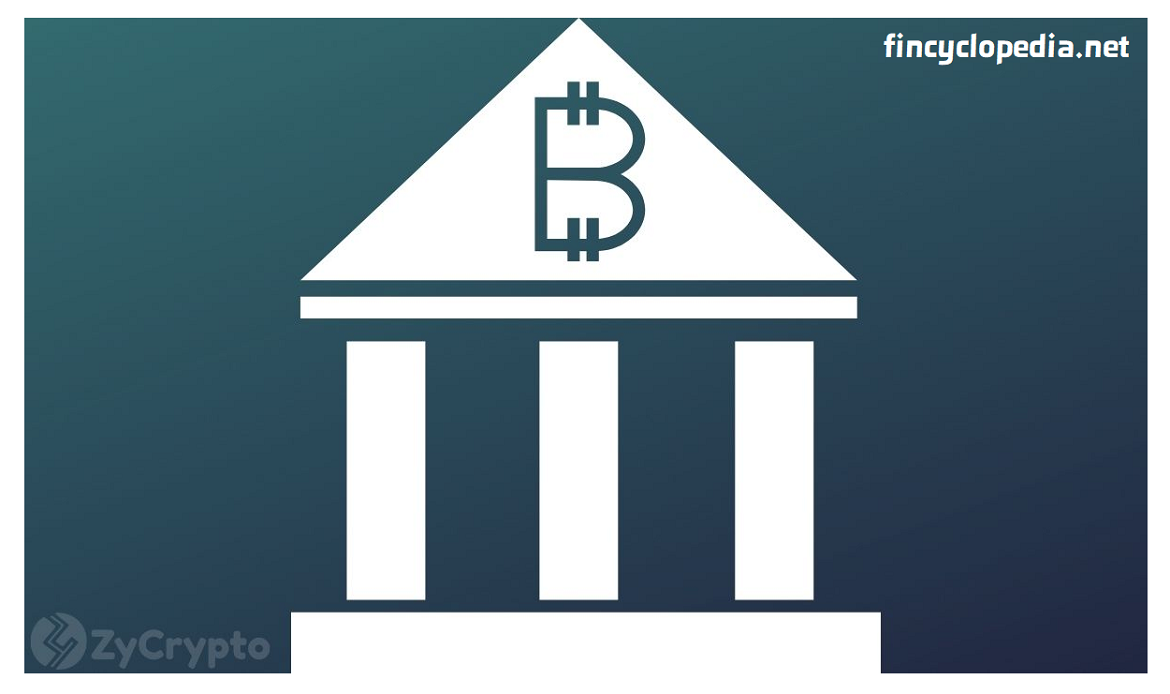It stands for discount window; a lending facility that a central bank or similar entity provides to help banks and financial institutions to secure short-term funds and manage their short-term liquidity needs. This involves offering terms as long as 90 days to depository institutions eligible for primary credit.
In the USA, the DW refers to the Federal Reserve’s lending facility extended to depository institutions to support the liquidity and stability of the banking system and the effective implementation of monetary policy.
By providing ready access to funding, the DW allows depository institutions to manage their liquidity risks efficiently. Furthermore, it can overcome negative consequences for banks’ customers, such as withdrawing credit during times of market stress which may further lead to bank runs.
Overall, the DW enables the smooth flow of credit to different sectors, particularly households and businesses. In other words, it functions as a “safety valve” in controlling pressures in reserve markets in both directions. Extensions of credit, particularly for short term periods, can help ease liquidity strains at the level of a depository institution and in the banking system as a whole. It also helps ensure the stability of the payment system by supplying the much needed funds during times of systemic stress.
As an instrument of monetary policy, the DW allows eligible financial institutions access to liquidity, usually on a short-term basis, to meet temporary shortages of liquidity arising from certain internal or external disruptions or unexpected needs for funding.
Access to the DW means that banks don’t have to sell financial assets (e.g., loans) or other assets at distressed or fire-sale prices to raise liquidity. In addition, access to the DW helps keep the bank run problem at bay, i.e., it reduces the possibility that problems at one bank may undermine confidence in other banks and lead to a run on their deposits, and across the entire banking system.




